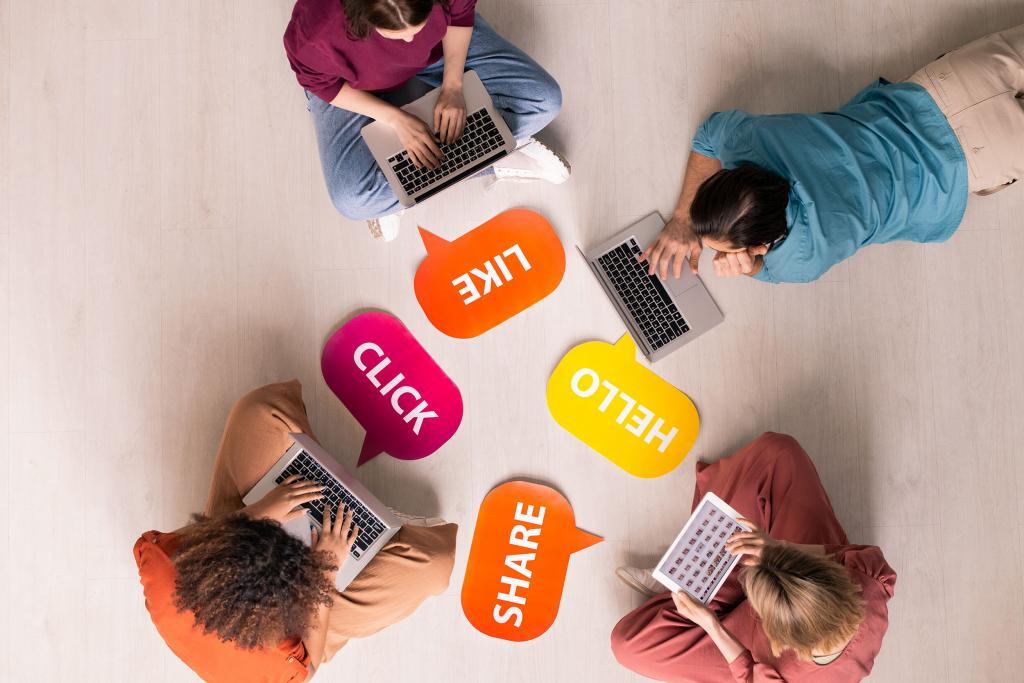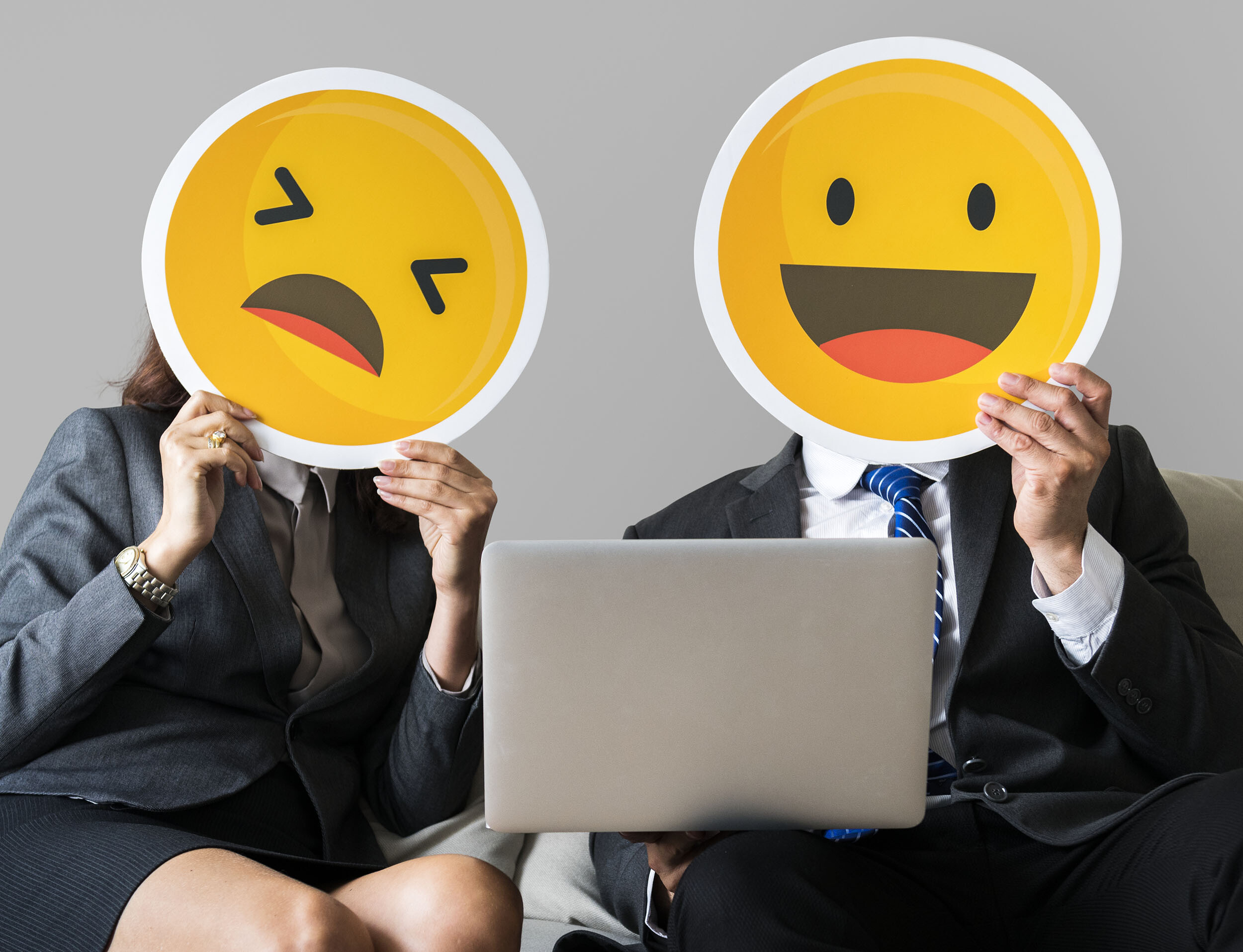In a world where almost any piece of information is at your fingertips, it’s no surprise that our attention span has dropped. According to one expert, it’s about 8 seconds long, just one second below that of a goldfish.
This means that you have even less time to get a person’s attention with your social media posts. One way to do just that is with the use of emojis. They are far too underutilized with businesses. ❤️?❤️?❤️?❤️?❤️?❤️?❤️?❤️?❤️?❤️?❤️?❤️?❤️?❤️?❤️?❤️?❤️?❤️?❤️?❤️?❤️?
Emojis (the modern-day version of emoticons) are an easy way to express emotions that aren’t always so easy to get across with just text messages.
If you call someone a jerk, it’s hard to tell if you are angry or just being silly. But the use of emojis can help with that. Emojis serve the purpose of conveying emotion through facial expressions.
You jerk!!! ????
You jerk!!! ????
While you are saying the exact same thing, the two messages clearly have very different meanings, and the only way you could have expressed that properly is by using the right emojis. Proper use of emojis is extremely important to convey the desired tone behind the message. It also will help prevent your message from being misinterpreted.
But there is another reason for using emojis, and that is to increase your social media engagement.

When you make a post, the number of times a person comments or likes the post is considered an engagement. The more people that “engage” with one of your social media posts, the better.
Higher post-engagement on sites like Instagram and Facebook means you are likely to get more push from those platforms so that more people will see it. The algorithm on these platforms always starts off by showing it to a few people. Then, if those people interact with the post, it’s a signal to their algorithm that the post must be good, so it shows it to even more people, and so on. This is why buying followers can actually have a negative impact on your success. Fake followers are not there to actually interact and engage with your posts.
But that’s another subject for another day. So, what can you do to improve your engagement with the followers you do have? ✨ Well, experts claim that emojis in a tweet can increase engagement by 25%, and emojis on a Facebook post increase the number of likes by 57% and the number of comments and shares by 33%. On Instagram, the use of emojis can increase engagement by a whopping 48%.
Beyond these statistics, using emojis can also help make your brand more relatable and appeal to the emotions of your audience on a deeper level.
The majority of people use emojis in their personal communication, so it only makes sense for businesses to get in on the action. Emojis enable you to speak the same language as your consumer base and can make your social media posts much more noticeable. An emoji stands out against a wall of text.
Emojis and social media complement each other perfectly, so there is no reason not to start using them in your posts. Use emojis to not only add context but to stand out and grab attention to your message.
Say hello, but say it with a smile. ????
Emojis, as we know them today, originated in Japan. In 1999, Shigetaka Kurita, working for the Japanese mobile operator NTT DoCoMo, created the first widely used set of emojis. He designed a set of 176 simple images, each 12×12 pixels, to enhance the appeal of their mobile internet service. These emojis included various faces, weather symbols, traffic signs, and zodiac signs.
Today, emojis are not just digital icons; they are cultural artifacts that reflect the norms, values, and issues of society. They are used in various forms of communication, from casual texts to more formal emails and marketing campaigns.
The evolution of emojis is a testament to the dynamic nature of digital communication, continually adapting to reflect the needs and trends of a globally connected world.



